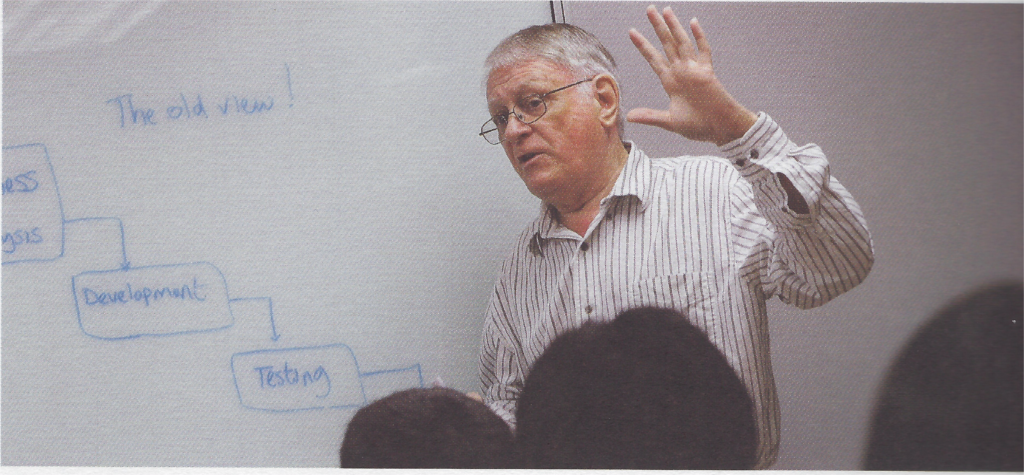Training
Look out for our new range of professional training courses

Update your information management skills.
Full-featured courses in a virtual classroom environment.
Information Modelling with ORM
Object-Role Modelling (ORM) is the leading technique for building information models. The course covers the essentials of creating models from scratch using automated support tools. Model development can be validated with business users and completed models can be processed directly into database schemas and code. By the end of this course you will have the skills and tools required to build your own information models.
Database Design
Today there are many tools and techniques available for data management. In particular there are many different types of databases, including hierarchical, relational, document-oriented, network, and so on. This course covers the essential features of each type and provides practical guidance on setting up data management facilities. By the end of this course you will have the knowledge required to select and configure the database system most suited to your needs.
Process Modelling with BPMN
The standard for Business Process Model and Notation (BPMN) has been universally adopted as the accepted way of defining business processes. As well as using diagrams that are easy to read for business users, the capture as a model also creates data structures that can be linked to information models and used as a basis for process automation. By the end of this course you will have the skills and tools required to build your own process models.
Data Interchange
A common requirement is the need to transfer data in machine-readable form. The actual transfer medium is typically through computer files using XML or JSON to structure the data. It’s also common to find that each end of the transfer uses a different technical base, and so the data import/export must transform data while preserving the essential semantics. By the end of this course you will have the knowledge required to plan an effective data interchange strategy.
Information Management with XML
XML is widely used for information representation, but there are also several other standards that can be used to automate information structuring, transformation, validation, retrieval, etc. including XPath, XQuery, XMLSchema, and XSLT. By the end of this course you will have a sound understanding of the different XML-related standards and how they can be used to implement your information management policies.
… and more
